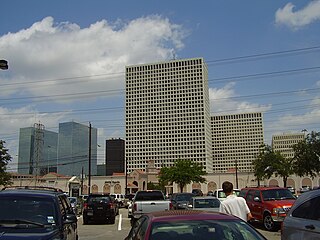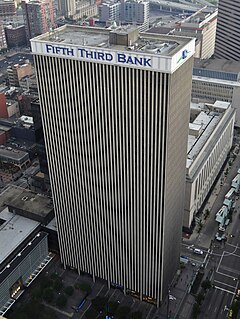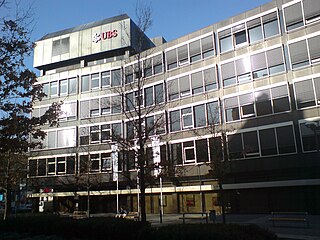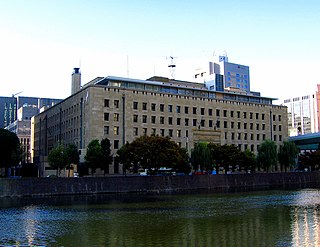 W
WCompuBank, N.A. was a financial company engaged primarily in retail banking, mortgage banking, business finance and providing ATM and merchant processing services. CompuBank was founded in 1998 by banking veteran Frank Goldberg and launched on the internet in early October the same year. It was one of the pioneers of the Internet banking industry, and recognized as one of the first internet-only banks.
 W
WFirst Union Corporation was a bank holding company that provided commercial and retail banking services in eleven states in the eastern U.S. First Union also provided various other financial services, including mortgage banking, credit card, investment banking, investment advisory, home equity lending, asset-based lending, leasing, insurance, international and securities brokerage services and private equity, through other subsidiaries. In September 2001, First Union completed a merger with Wachovia National Bank to become Wachovia Corporation, one of the largest financial holding companies in the US. As of the end of 2000, First Union had over $171 billion of total assets, over 70,000 employees and 2,193 branches.
 W
WFirst-e was a European online bank during the Dot-com bubble of 1999–2001. The company was based in Dublin, Ireland and employed 280 people, with 250,000 customers. It operated on a licence from French bank Banque d'Escompte, an innovation that allowed it to get around the usual difficulties faced by European banking startups. It launched with €200m in funding from various institutions including Intel, Morgan Stanley and Apax Partners and initially targeted the British market with a savings interest rate 2% higher than its high-street competitors, and gained 250,000 customers.
 W
WThe Kwangtung Provincial Bank was a bank latterly based in Hong Kong, also known as the Provincial Bank of Kwangtung Province. The largest of the provincial banks, there were however a succession of at least seven distinct organisations trading as the Kwangtung Provincial Bank from 1904 through 1949, with Chinese operations suspended in 1950-51; absorbed into the People's Bank of China following the establishment of the People's Republic of China. The remainder of the bank continued in operation until 2001 when it was taken over by the Bank of China.
 W
WFifth Third Bank is a bank headquartered in Cincinnati, Ohio, at Fifth Third Center. It is the principal subsidiary of Fifth Third Bancorp, a diversified bank holding company. One of the largest consumer banks in the Midwestern United States, it operates 1,154 branches and 2,469 automated teller machines in Ohio, Kentucky, Indiana, Michigan, Illinois, Florida, Tennessee, West Virginia, Georgia, North Carolina and South Carolina. Fifth Third Bank is incorporated in Ohio. It was state-chartered until late 2019, when it obtained a national charter.
 W
WThe Ottoman Bank, formerly the Imperial Ottoman Bank, was a bank founded in 1856 at Bankalar Caddesi in the Galata business quarter of Constantinople, the capital of the Ottoman Empire, as a joint venture between British interests, the Banque de Paris et des Pays-Bas of France, and the Ottoman government.
 W
WThe Sakura Bank, Limited was a Japanese bank based in Tokyo and Kobe. It was formed in April 1990 as the Mitsui Taiyo Kobe Bank (MTKB) by the merger of Mitsui Bank and Taiyo Kobe Bank. The Sakura Bank name was adopted in April 1992.
 W
WSchröder, Münchmeyer, Hengst & Co. was a German investment bank and private bank based in Hamburg, Germany. The firm was acquired in 1997 by UBS and the brand was eliminated in 2001.
 W
WSin Hua Bank, or Sin Hua Trust and Savings Bank Limited, was a Chinese bank established in Beijing in 1914. It later moved its headquarters to Shanghai.
 W
WThe Sumitomo Bank, Limited was a major Japanese bank based in Osaka and a central component of the Sumitomo Group. It merged with Sakura Bank on April 1, 2001 to form Sumitomo Mitsui Banking Corporation.